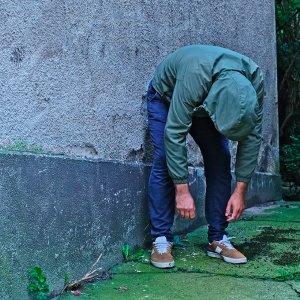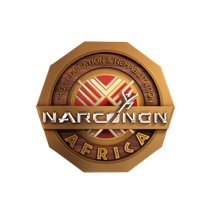What Communities Need to Know About Selank

The Quiet Intruder
In every generation, new substances emerge, quietly slipping into communities before most people even know they exist. They don’t always arrive with loud headlines or flashing warnings. Sometimes they present themselves as harmless, even helpful. Selank is one such name making its way into conversations. It sounds technical, scientific, almost safe - but beneath that label lies a synthetic drug that demands awareness before it silently takes root in society.
Selank is a laboratory-made peptide, meaning it is not a natural substance but one designed by scientists to mimic certain effects in the brain. It usually appears as a white, powder-like substance compound or in a liquid solution that can be placed into small bottles. At first glance, it looks clean, almost medicinal, and this appearance often gives it an air of legitimacy. Many people may not even recognize it as a substance of concern because it does not look like the typical drugs communities are used to seeing. This makes it easier for it to spread under the radar, especially among those who believe “synthetic” means safe.
Originally Developed for Research in Russia, Often discussed as a Nootropic.
A substance that may enhance mental performance, Some reports suggest that Selank is marketed for reducing anxiety, lifting mood and improving focus. The idea of a drug that makes people feel calmer, more balanced and sharper in their thinking can sound appealing, particularly to students, professionals or anyone under pressure. But this promise is also what makes it more dangerous. The line between medical research and recreational misuse becomes blurred, and once that line is crossed the risks grow quickly.
When someone uses Selank, the initial effects may seem mild. Users might feel less stressed, more emotionally stable, and even experience a boost in energy or concentration. On the surface, this ca appear harmless, even beneficial. But beneath the temporary relief, the brain begins to adapt, and this adaptation comes at a cost. Regular use can lead to dependency, where a person feels they cannot function normally without the substance. Over time, natural emotional balance and focus decline, leaving the individual trapped in a cycle of reliance.
The physical and psychological toll is also concerning. While marketed as calming, Selank can contribute to mood imbalances if misused. Some users report unpredictable emotional changes, difficulty sleeping, or an overall sense of detachment. The bodies natural stress-regulating systems weaken, meaning everyday challenges feel harder to face without turning back to the substance. Communities may not immediately notice these changes, but families, schools and workplace eventually feel the strain when individuals struggle with relationships, responsibilities and mental health.
Selank, like many synthetic drugs, is that it hides in plain sight.
It does not arrive in alarming packages or with obvious warning signs. Instead, it quietly circulates, often described as a tool for improvement. That image makes it easier for people to underestimate its impact, and by the time the risks are recognized, the damage is already spreading.
Communities must respond with awareness and education. Knowing what Selank is, what it looks like and how it affects the user is the first step in protecting vulnerable groups from its grip. By shining a light on substances like this, we remove the cloak of safety that often allows them to spread unchecked. Selank may appear small and unthreatening, but its effects ripple outward, touching families, workplaces and entire communities. The truth is simple: The earlier people know, the better they can protect themselves and others from this quiet intruder.


